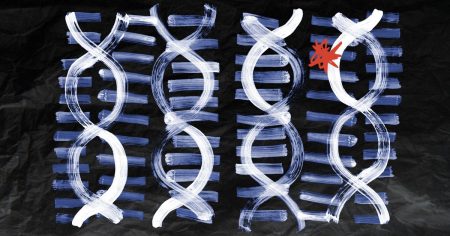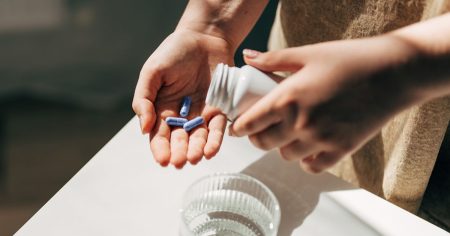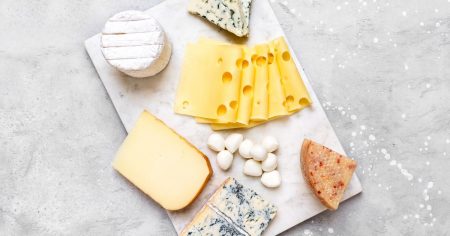Many people experience painful cramps during their monthly period, with some experiencing minor discomfort and others facing intense pain. To alleviate this pain, incorporating anti-inflammatory foods into the diet and avoiding those that may increase pain can be helpful. Foods rich in antioxidants, such as leafy greens and berries, as well as certain spices like turmeric and ginger, can reduce inflammation and potentially lessen cramps. Eating a balanced diet that includes a variety of fruits, vegetables, fermented dairy, omega-3 fatty acids, seeds, and seafood can also improve overall vaginal health.
Research on the connection between food and menstrual cramps has found that certain foods can worsen pain, while others can help reduce cramping. Foods to avoid include coffee, red meat, highly processed foods, and those high in omega-6 fatty acids, such as nuts. On the other hand, foods like fruits, vegetables, whole grains, fatty fishes, nuts, seeds, and oils high in omega-3 fatty acids, as well as foods like ginger, leafy greens, avocados, and turmeric can help lessen inflammation and reduce period cramps. It has been reported that a plant-based vegan diet may be most effective in reducing menstrual cramps.
Painful period cramping affects a significant number of women, with up to 15% experiencing severe pain that can disrupt daily activities. Menstrual cramps are believed to be linked to the release of prostaglandins in the body, which promote inflammation. Medications like NSAIDs can help with cramping by reducing the levels of prostaglandins. Following an anti-inflammatory diet, such as a Mediterranean diet high in whole grains and plant-based foods, can help minimize period cramps. Avoiding foods with added sugars, like high-fructose corn syrup, may also be beneficial in reducing pain.
Inflammation from ovulation and menstruation can contribute to menstrual pain, even in individuals without fibroids. However, a low-sugar, low-carbohydrate diet that includes fruits, vegetables, and supplements like turmeric can help reduce this inflammation. For maximum effectiveness in alleviating menstrual cramps, experts recommend following an anti-inflammatory diet consistently, rather than just around the time of menstruation. Consuming foods like berries, pomegranate juice, ginger, turmeric, and greens in the days leading up to menstruation may help reduce discomfort and pain associated with cramps.
Studies suggest that consuming foods like oranges, strawberries, fatty fishes, nuts, oils, chia seeds, flax seeds, and dark chocolate can help alleviate period cramps by reducing inflammation. Beverages can also play a role in either worsening or lessening cramping, with alcohol and carbonated drinks potentially increasing inflammation. Experts recommend avoiding these beverages and opting for non-carbonated, anti-inflammatory options to help manage menstrual pain. By being mindful of their diet and choosing foods that are known to reduce inflammation, individuals may be able to significantly decrease the intensity of their menstrual cramps and improve their overall quality of life during their period.













